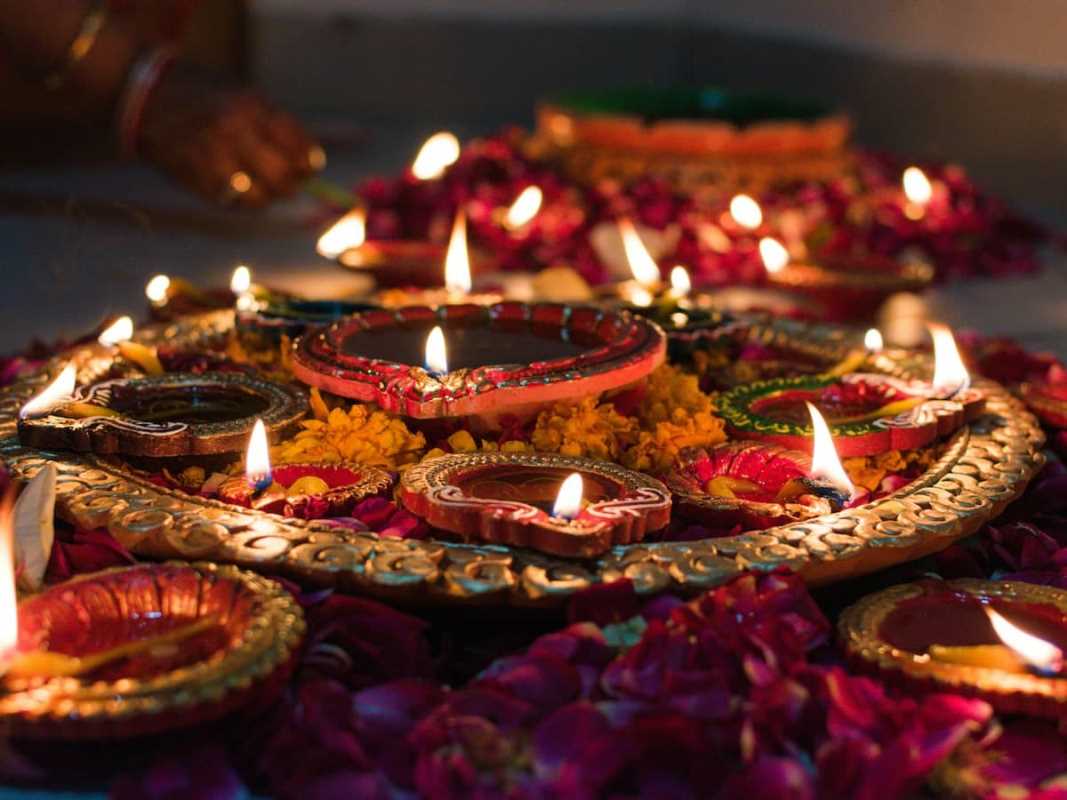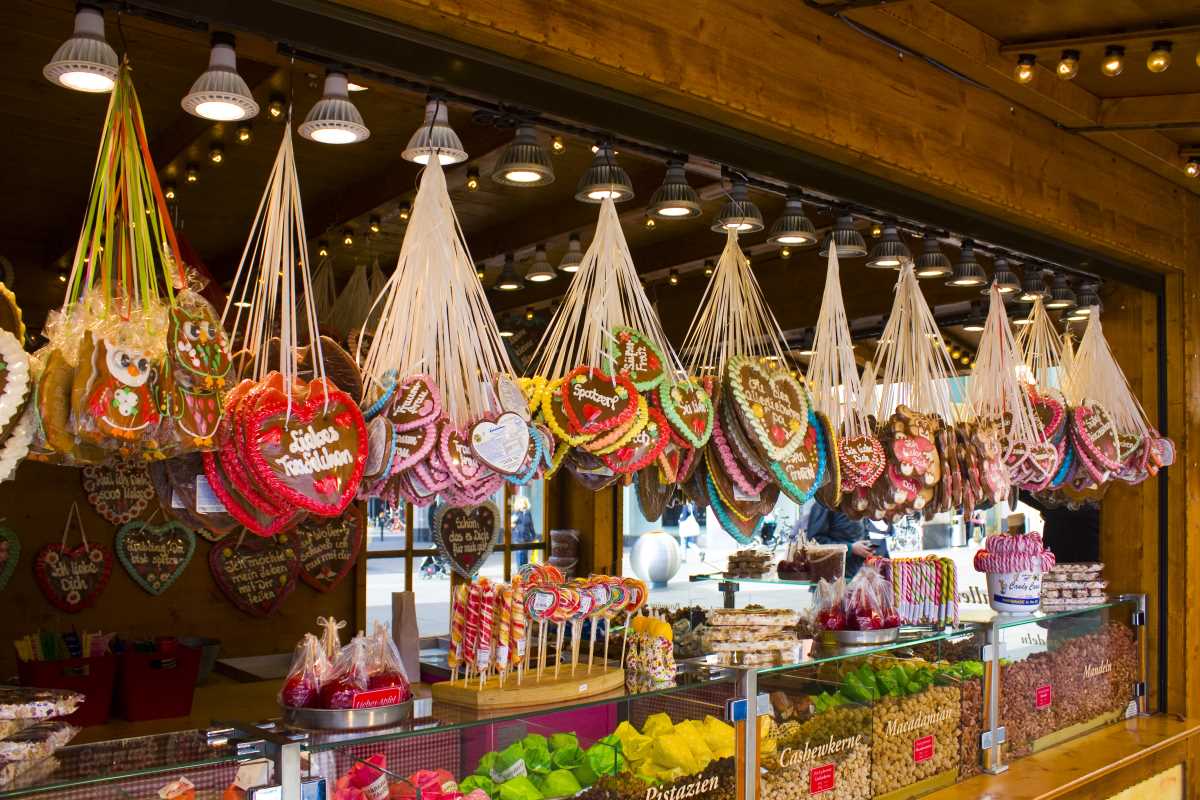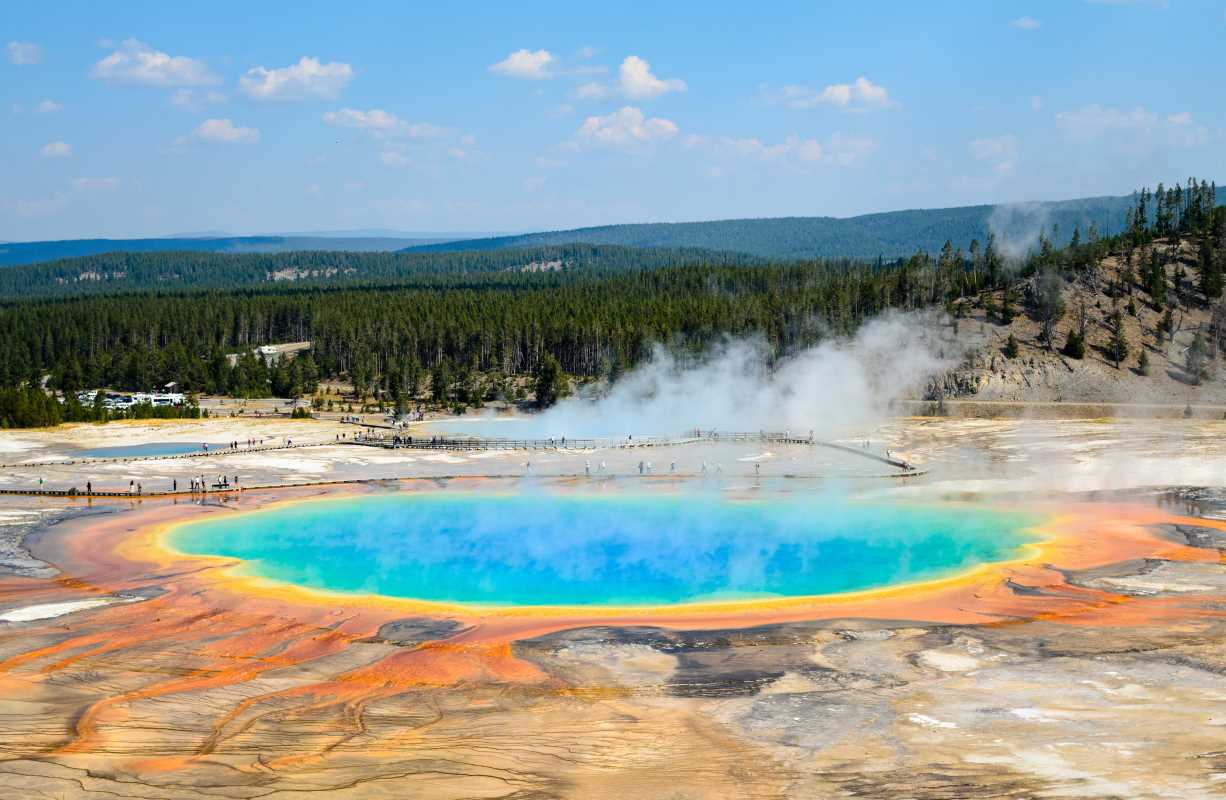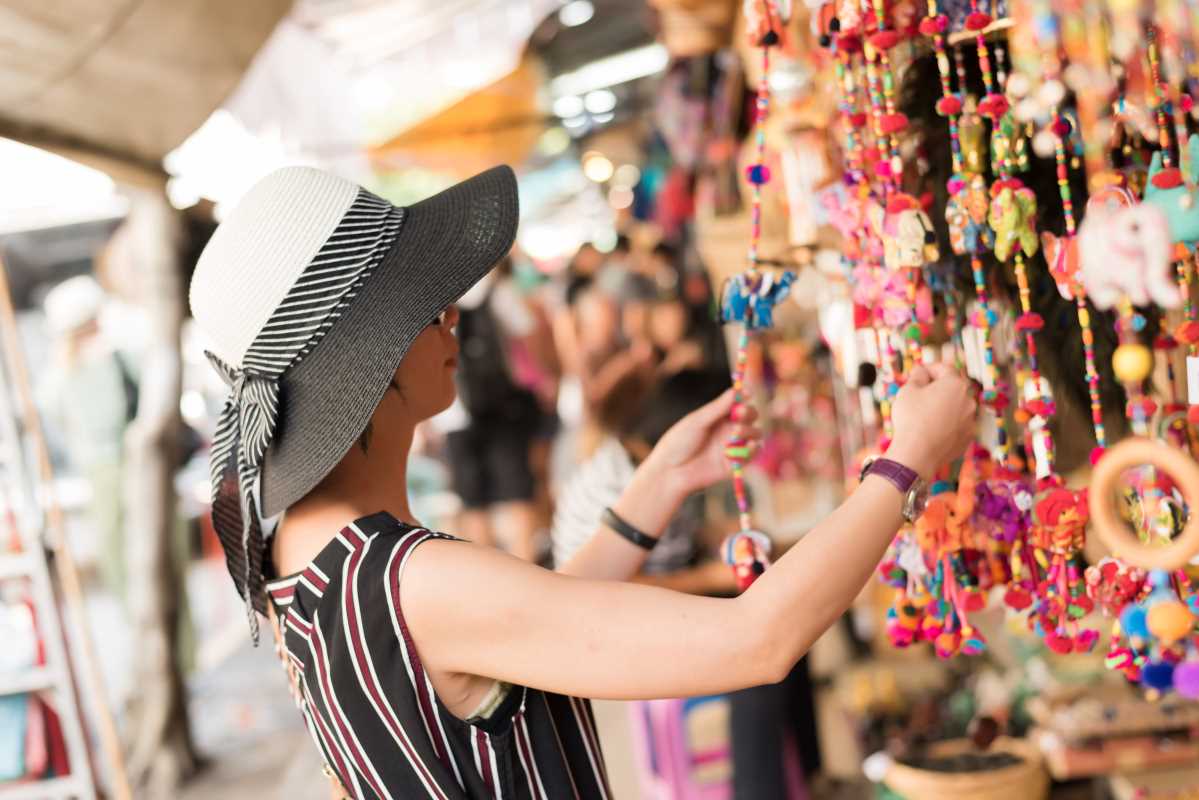Vendors call out cheerfully while lively drumbeats echo across the plaza, filling the air with energy as grills sizzle beneath heaps of tempting treats. Sweet aromas from honey-drenched pastries drift through the crowd, mingling with bursts of laughter and the bright flutter of banners overhead. Every breath draws in the excitement, promising a wealth of flavors where heritage meets creativity under the open sky. Festivals invite you to experience the soul of a region through every sound, scent, and delicious bite. Let this guide lead you through bustling markets, where authentic tastes and festive spirit wait around every corner.
Discover regional flavors beyond the plate
- Artisan Handcrafted Delicacies: Seek out small-scale producers showcase family recipes passed down through generations. Listen as you sample three distinct treats—perhaps spicy fritters, nutty confections, or herbed cheeses. Compare textures and ask vendors how they infuse local herbs for unique aromas. Prices often start under five dollars for tasting portions. Insider tip: Notice how sweets pair differently with local teas, and jot down your favorite match.
- Interactive Culinary Demos: Join informal cooking stations where chefs demonstrate traditional techniques. Attend three mini-sessions—kneading dough, spicing stews, or pressing oils. Observe utensils made from local woods or metals, note preparation times, and ask about ingredient sourcing. These interactive moments typically run free or under a small donation. Insider tip: Stand near the action’s edge to catch aroma trails that guide you toward lesser-known stalls afterward.
- Community Food Trails: Map a self-guided route highlighting hidden corner stalls often overlooked by crowds. List at least five locations, time how long it takes to walk between them, and sample signature bites at each stop. Factor in distances—typically two to three blocks apart. Cost per tasting rarely exceeds three dollars. Insider tip: Visit during off-peak hours to chat with cooks about secret spice blends when they have more time.
- Cultural Storytelling Sessions: Sit in on open-air tales weaving folklore into each course’s history. Notice how elders describe flavors as characters and ingredients as plot twists. Attend two or more sessions lasting 15 to 30 minutes. Most run free but may accept small tips. Insider tip: Arrive early to secure a front-row spot where storytellers often pass around samples of featured dishes at the session’s end.
Inside the festival: step-by-step experience guide
- Arrive at daybreak: Beat the rush by entering the grounds as vendors set up grills and stalls. You’ll soak in fresh aromas, capture empty-scene photos, and snag the best seats at tasting counters before crowds form.
- Secure a tasting ticket: Purchase the event’s multi-sample pass, usually valid for five to seven tastings. Keep it visible and note where each token best matches vendor specialties to maximize variety.
- Begin with savory starters: Start light with savory bites—seasoned flatbreads, slow-cooked meats, small pies. Savor each slowly, comparing flavor layers before moving on to richer or sweeter dishes.
- Pause for performance: At the midday dance or drumming showcase, sit back and watch local artists. These performances often break between sets, giving you time to refill water or switch to lighter snacks.
- Conclude with sweets and sips: Finish by sampling desserts and regional drinks—fruit-infused sodas, spiced teas, or sweet wines. Sip slowly while strolling toward exit gates, turning every sip into a final flourish.
Practical Tips for Immersive Participation
1. Guided Tasting Circles
- What: Small-group tastings (5–8 people) led by local culinary experts.
- Steps:
- Sign up at the information booth.
- Meet at the designated tasting tent.
- Sample dishes while learning about spice ratios, cooking times, and plating traditions.
- Cost: $15–$25 per person
- Insider Tip: Ask about seasonal menu changes—these often reflect trends before they go mainstream.
2. Ikebana-Style Produce Displays
- What: Artistic arrangements of fruits and vegetables inspired by floral design.
- Steps:
- Watch a demonstration on arrangement techniques.
- Touch and examine produce to learn about ripeness.
- Ask growers about soil qualities that affect flavor.
- Cost: Free to observe; optional take-home samples under $5
- Insider Tip: Photograph each display and jot down comments for future inspiration.
3. Interactive Spice Blending Stations
- What: Make your own spice mix using traditional ingredients.
- Steps:
- Choose three base spices (e.g., cumin, coriander, cardamom).
- Measure your own blend with provided scoops.
- Label and bag your creation for purchase.
- Cost: $3–$7 per mini-kit
- Insider Tip: Add rose petals or saffron for a custom twist locals often use.
4. Heritage Recipe Exchanges
- What: Share and collect handwritten family recipes.
- Steps:
- Write your ingredient list and short backstory.
- Pin your card to the communal board.
- Take photos or copies of others’ recipes.
- Cost: Free to participate
- Insider Tip: Attach a sample spice or condiment to spark conversations and encourage exchanges.
5. Language Flashcards for Flavor Terms
- What: Illustrated cards that teach taste-related vocabulary in the local language.
- Steps:
- Grab a free deck at the welcome kiosk.
- Practice words with a local guide.
- Use the terms when ordering or chatting with cooks.
- Cost: Free cards; optional guided lesson $10 (15 min)
- Insider Tip: Use these flavor terms while ordering—chefs might reward your effort with an extra garnish.
Connecting food, culture, and community
Festivals flourish when you genuinely interact with locals—share stories, images, and smiles as you enjoy each dish. Showing curiosity helps you gain deeper insights into how ingredients connect to family histories and regional landscapes.
Create a digital scrapbook or short videos to document your experiences. Tag vendors and performers on social media to celebrate their craft and foster good relationships. Each shared moment spreads the festive spirit beyond the event, encouraging new visitors to join next time.
As the stalls close and performers depart, you leave with a deeper sense of place, season, and community woven into every flavor you experienced.







